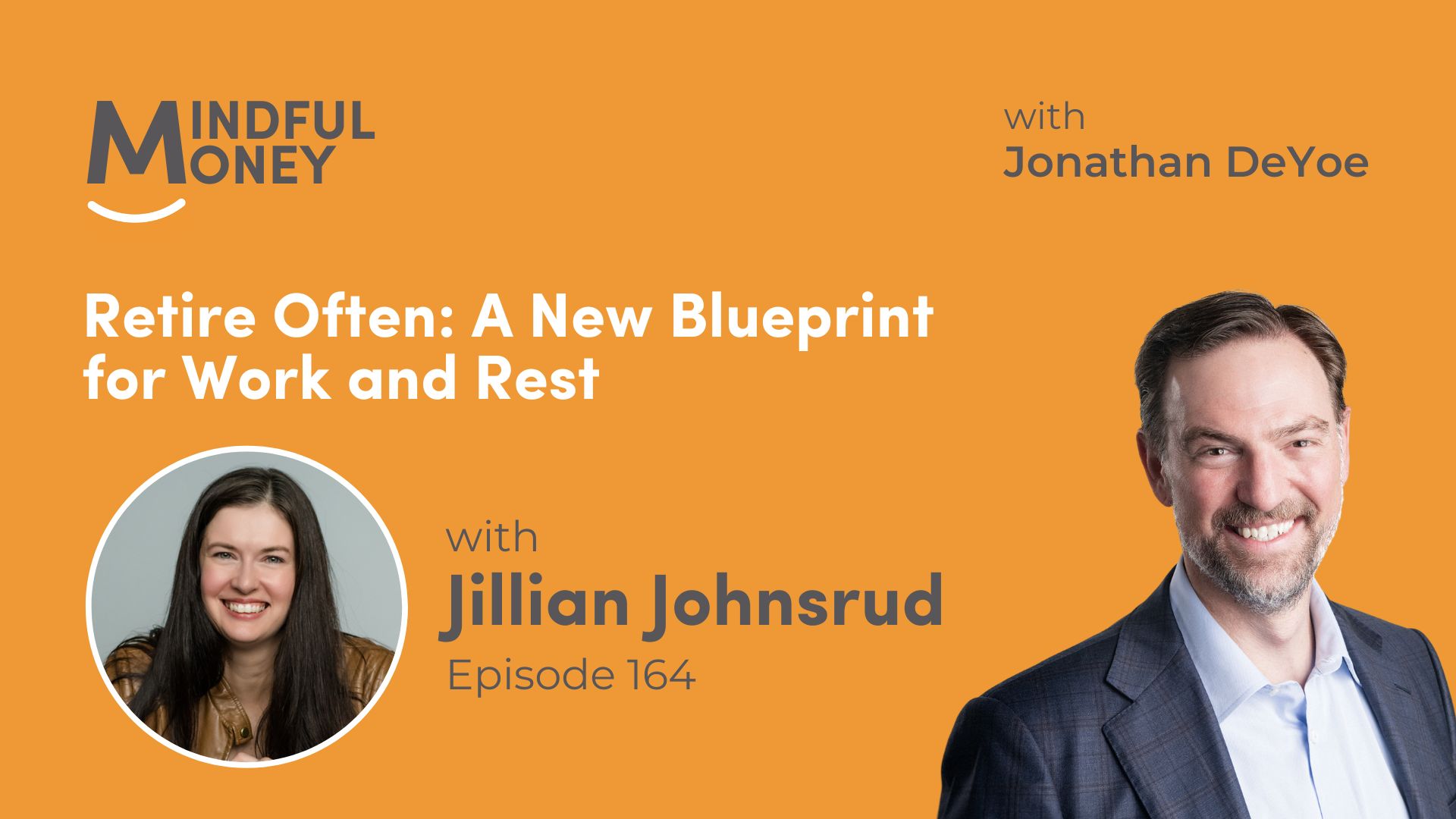There are three measurable and controllable percentages that are absolutely critical to your long-term investment success. These are the three financial trade-offs you make that will alter your long-term financial outcomes:
- Savings Rate: The percentage of your income that you save
- Equity Allocation: The percentage of your portfolio you place in equities
- Withdrawal Rate: The percentage of your portfolio you withdraw
When you’re looking at your personal finances, these are the three dominant variables you control to reach the freedom of financial independence.
THE GREATEST OF THESE: SAVINGS RATE
The whole point of personal finance, financial planning and investing is to get your money to work for you (so you don’t have to continue to work for it). The goal is to secure the wonders of compound interest for your long-term benefit. Compound Interest is incredibly powerful, but it cannot work for you until you have something to compound. The more you have saved, the earlier you can engage compound interest and the greater the effect of compound interest on your future.
Savings is the pre-requisite for compound interest.
From my first job at the age of 12, my parents made me save 50% of my income for college. And they drilled the minimum savings rate of 10% into my head before I graduated with my Bachelors degree. “Jonathan, no matter what, you find a way to live on 90% of your income. If this means you live in a place with cockroaches (check) or a hole in the bathroom floor (check) or you drive a total junker (multiple checks) or you eat ramen & beans and rice (check)… then you do those things. Whatever else you do, you save 10% of your income.”
To determine your savings rate, add up ALL of your net savings (both retirement and non-retirement – including fully-vested employer match). “Net” savings is important because any withdrawal you make from a savings or investment account reduces your total savings and will reduce your Savings Rate. Then calculate your total income (including any fully-vested employer match) and divide by your total savings by your total income to get your Savings Rate.
EXAMPLE: If you save $3000 into your 401k, receive your company’s maximum $3000 match, then contribute $6000 to your Roth IRA and $2000 into a taxable account on top of that, then your total net savings is $14,000. If it’s not that good a year, and instead of contributing that $5000 into a taxable account you pull $4000 from savings, then your total net savings is $8,000.
If your income was $90,000, then your Savings Rate in the first case would be 15% (OK). In the second case (spending $4k instead of saving $2k), your Savings Rate would be less than 9% (not OK).
10% is a good starting point, but you should increase that by ½% – 1% per year until you get your savings rate up to 20%. If you start saving young enough and make incremental increases regularly, you can push your savings rate above 20% early (maybe by 30 or 40 yrs. old) and reach financial independence more quickly. A higher savings rate does two things: First, obviously, it gets more money into your portfolios to make compounding work for you as you sleep. Second, it controls your spending.
As you get older, if you work hard at all, or if you’re paying attention and conscientious at all… you WILL either get raises or seek new opportunities for higher incomes. As your income increases, you can start a second-level habit. Either you spend the entire increase (inflating your lifestyle is NEVER transitory), or you get in the habit of committing to greater saving and continuing to control your spending.
In the beginning, you likely have nothing to compound. You probably won’t even see an 8% return on a $1000 investment. It’s is almost no money, but as you continue to save, the 8% return on $10,000 or $100,000 or $1,000,000 starts to look a lot better compared to the amount you are spending.
You can only get to the benefits of compounding through the trade-off of saving more.
This is why we say the first controllable lever of your financial success is your Savings Rate. The higher your savings rate – the more money you put in front of compounding – the earlier you will achieve the freedom of financial independence.
Next week we will talk about #2: Your allocation to equities.





